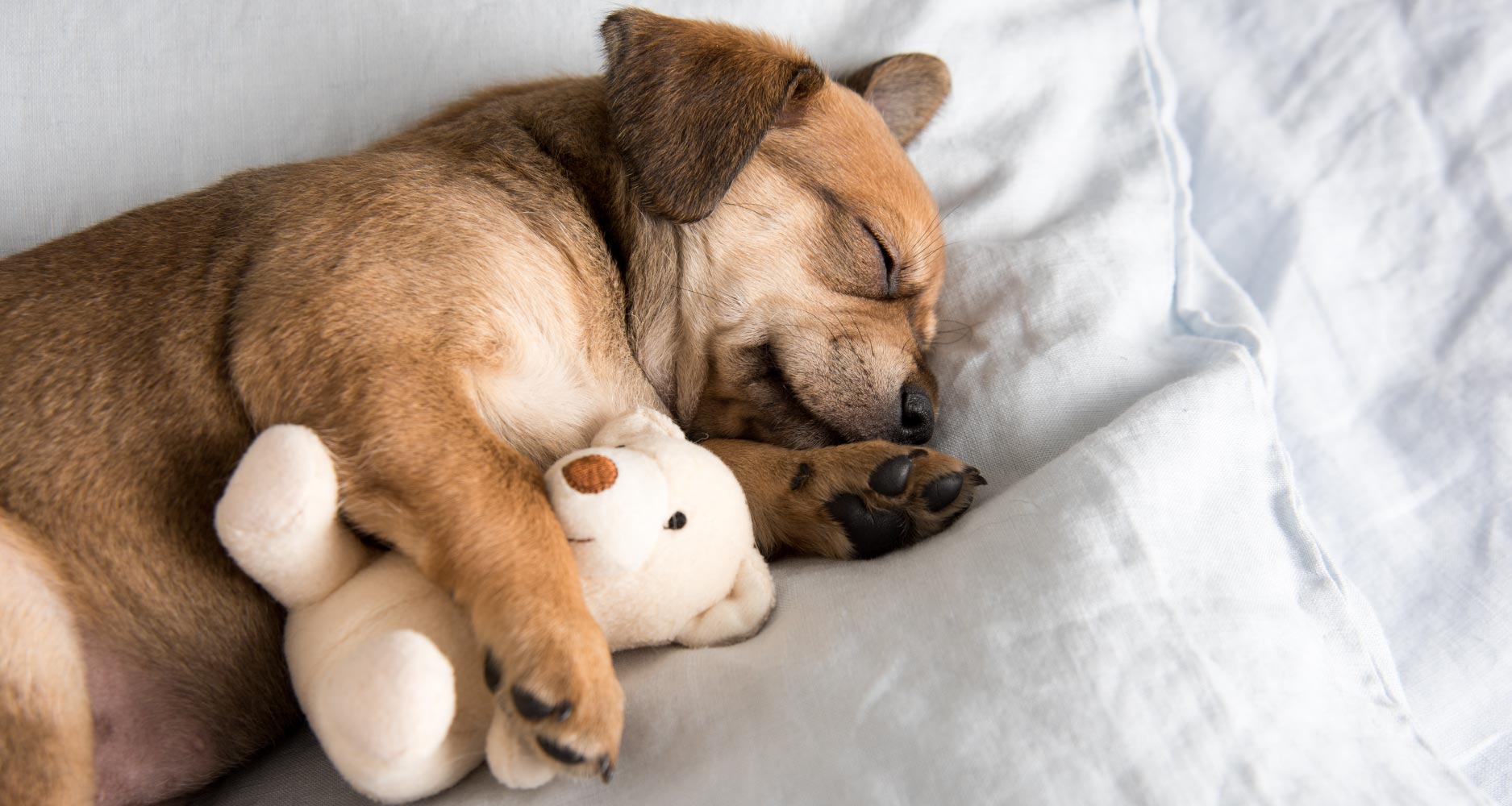
TRENDING

SIGN UP and Start Receiving
Our Monthly Newsletter,
The Chronicles
WHERE SHOULD YOUR DOG SLEEP?

All dog owners are faced with this tricky question that supposedly has multiple answers. Is the answer outside, a bed, a crate, the sofa… or your bed?
Since dogs spent practically half their lives sleeping (about 12 hours a day), it’s important to care about the actual spot because it can affect your dog, emotionally and physically, as well as your family.
Many indoor dogs sleep in the same room as their owners, either at the foot or side of the bed, on a doggie bed or blanket. Dogs may even nap there when their owners are away because of your familiar lingering scent. Secondary beds in other areas (for example the lounge) are not unusual. Some dogs like sleeping in a crate that has a safe and private den-like feel.
TYPES OF DOG BEDS
Some dog owners are baffled by the options out there. If you can’t find what you’re looking for in a pet store, the internet is your friend.
Here are a few bed options to consider:
- Basket: Buy a wicker basket, add a pillow or bean bag (not a good option for chewers).
- Blankets: Before investing in any form of blanket (a throw, your old flannel shirt or a towel), make sure it’s flameproof and washable.
- Donut Bed: Some dogs love the padding this type of bed offers.
- Bean Bag Bed or Hassock: Different covers (some even repel moisture) and fill materials are available. The bed is malleable and adjusts to your dog’s shape.
- Raised Platform: Not all dogs like to sleep on the ground. Low platforms with stretched canvas work well in these cases. You can always add cushioning and blankets.
WHAT ABOUT YOUR BED?
This is a personal decision you have to make and live with. Here are a few reasons why many people don’t recommend it:
- Dominance and other behavioral issues may arise.
- Your dog might try to crawl in bed with house guests.
- Sharing a sleeping space with a partner and a dog can cause issues for all involved.
- Children who are allowed to share a bed with their dogs may grow tired of the arrangement which could once again lead to dominance and other behavioural issues.
- If your dog shows even the slightest sign of aggression to bed related habits you probably need professional help (a dog behaviorist or a qualified trainer).
At the end of the day it all comes down to you and your dog. Think about what you want; what you’re comfortable with; how it affects your dog; and how you’re going to deal with unfavorable behavior.
Everyone’s health and mental state should be considered.
Related Article
Where Should Your Cat Sleep? Read Now










